|
THIS is a partner post to my guide to a day at Giardini at the Venice Biennale. You’ll find all the practical information about getting to the Biennale and its layout on that post. Just a note to remember. Forty eight hours in Venice will give you ample time to visit the bulk of the ticketed sites, and probably enough time to visit nearby exhibits like Macau and Hong Kong. Seventy two hours will give you the ideal amount of time to soak in Venice and navigate around its maze of canals so that you get a taste of the best of the collateral events too. But be warned. Venues are closed on Mondays, so if you’re thinking of making a long weekend out of your trip, be ready to hit the pavements on Friday morning. To get the most out of Arsenale you’ll need a full day. On Fridays and Saturdays the site is currently open until 8pm…worth noting and taking a packed lunch if you’re prepared to be a real trooper! This year there’s a lot to see at Arsenale, particularly in the Corderie and Artiglierie areas which function as collective exhibitions and that host over 100 different artists this year. This in addition to a couple of dozen international pavilions that are scattered around the old ship yards. There’s so much different work on show, particularly in the Corderie and Artiglierie that it would be impossible to cover in a single blog post. So what I’m going to do is focus on the six things I think you should not miss here and let you explore this maze at your own pace. In addition, I’ll give you the tips for what I think are the six best national pavilions scattered around Arsenale and then a couple of little diversions to keep it challenging. 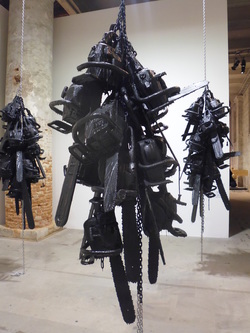 Monica Bonvicini, Latent Combustion Monica Bonvicini, Latent Combustion After you make your way through the obligatory (and always enjoyable) Bruce Nauman light pieces, you’ll eventually begin to run into the work of the late Terry Adkins. His sculptural pieces which often blend brittle and softer more tactile materials are exhibited in a way that allows us to enjoy his abstract pieces and to respectfully lament his passing. Nearby Terry Adkins’ work is a piece by Italian artist Monica Bonvicini (Room #2). A former winner of the Golden Lion (1999), Bonvicini, in addition to being a presence on the international biennale scene, has also exhibited in major spaces since taking home the prize. Latent Combustion (2015) is a jarring, conceptual installation piece. Like roses being hung and dried, Bonvicini suspends her bouquets of black, rubber lacquered chainsaws from the ceiling. They dare you to walk in and amongst them, repelling you with their muted violence and the pungent smell that the industrial materials off set. Nidhal Chamekh studied at the Fine Arts school of Tunis and lives and works in Paris. In light of recent events that have taken place in his native Tunisia, Chamekh’s series De quoi rêvent les martyrs 2 (EN: what do martyrs dream of 2) is sadly poignant. Artists rarely commit to large scale works without doing preparatory drawings (or digital designs beforehand these days). Martyrs on the other hand focus on the end and their end goals. 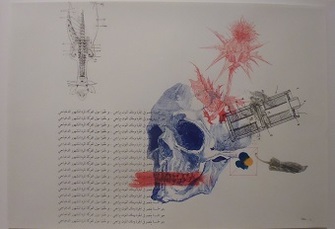 Nidhal Chamekh, De quoi revent les martyrs 2 Nidhal Chamekh, De quoi revent les martyrs 2 Preparatory drawings often are a starting point, a beginning point, and as such offer the chance to step back into the beginning, rather than focus on the end. In these beautifully drawn works, Chamekh seeks to transgress back to the original, starting point, to address the disturbed dream states of people who are willing to create acts of atrocity. These technically well drawn, though ominous images are carefully designed. Chamekh sparingly introduces colour into certain works and avoids it elsewhere, suggesting that these fitful dream states and obsessions are devoid of the vibrancy of life, even in their embryonic phases. You might at this point step out for a breath of fresh air or some natural light to reset those pupils of yours. If you head out of one of the doors on the left handside as your making your way through the Corderie, you’ll make a pleasant discovery of Ibrahim Mahama’s rather phenomenal Out Of Bounds. It’s an installation of epic proportions, made of sacks that cover and transform the entire passage way that runs parallel to the Corderie. The young Ghanian artist uses these fibre sacks like a patchwork, achieving something that only large scale public works (usually done by much more experienced artists) are capable of. Here, the installation speaks of the inequality that is rife not only around world, but through the art world too. Covering the Corderie with a network of this fragile and sturdy object speaks volumes not only of Ghana’s economy but of the inequality that is even on show at an international art exhibition. Incredibly powerful!
0 Comments
|
Dave
|
|
|
Dave Di Vito is a writer, teacher and former curator.He's also the author of the Vinyl Tiger series and Replace The Sky.
For information about upcoming writing projects subscribe to the mailing list. Dave hates SPAM so he won't trouble you with any of his own. He promises. |
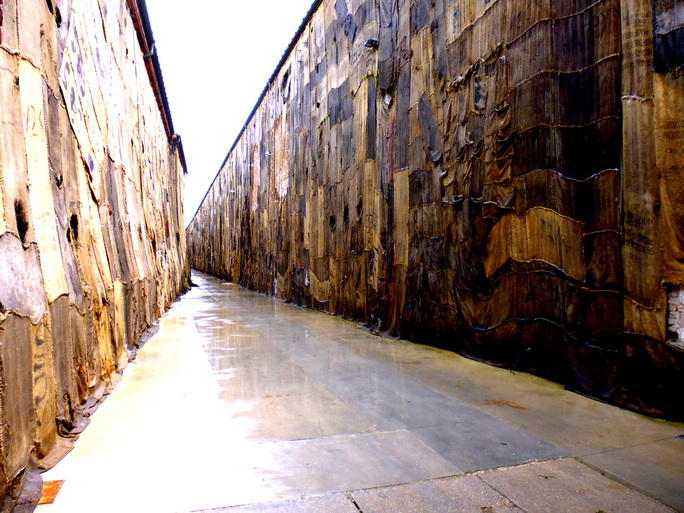
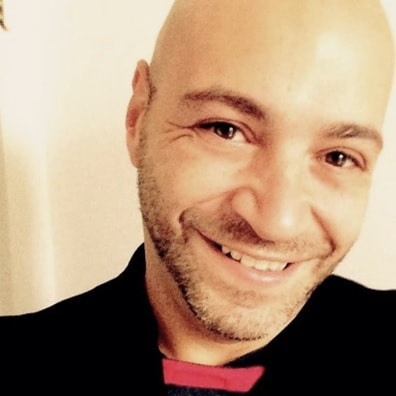
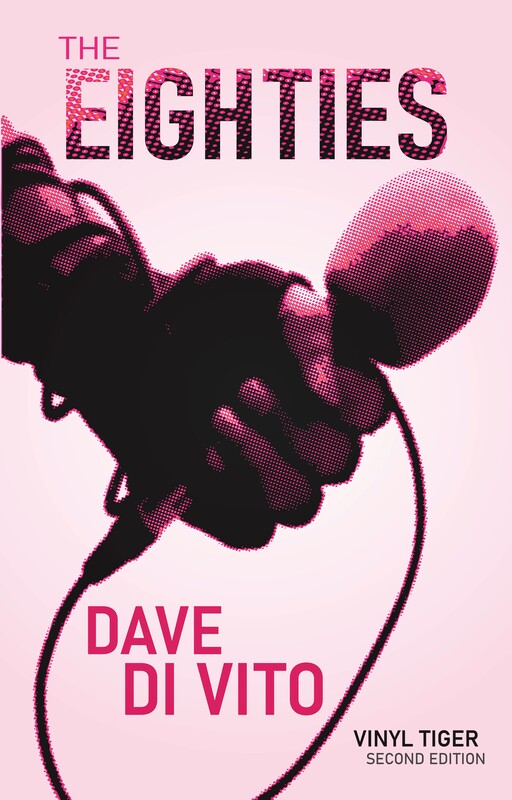
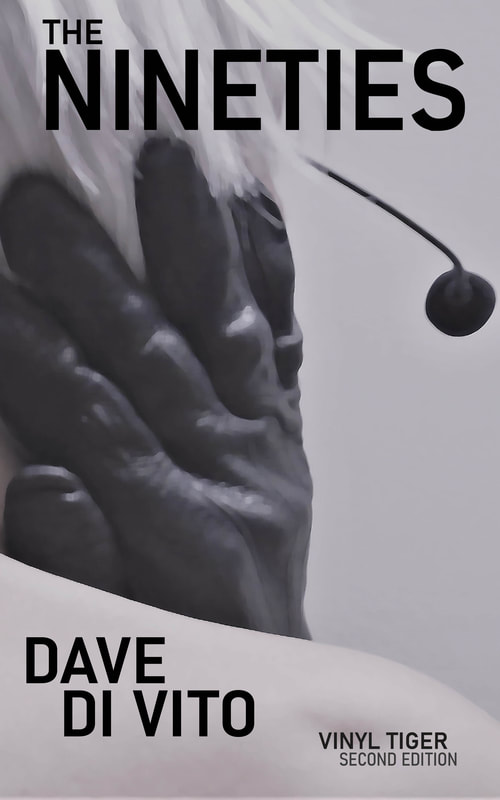

 RSS Feed
RSS Feed